No, in this photo we are not displaying our well-disinfected / washed hands during these Covid times. The "five" is for the number of times I taught Jaden Math at King George. Math 8, PreCalculus 10, PreCalculus 11, PreCalculus 12, Calculus12.
I have had the pleasure (I really do love it) of teaching kids all five years of their high school lives quite a few times now... I'd say around 50 in total. And of all those kids I'd say that Jaden changed the LEAST from grade to grade 12.
Sound like I'm being rude? Not at all! What I mean by that statement is that, even in grade 8, Jaden was already extremely mature (top 5 most-mature-grade-8-boys I've taught in 24 years of teaching). He was responsible and honest, determined and motivated, friendly and polite. And that was in grade 8!!! And (not surprisingly) he is still this way.
In five years I think the harshest thing I have ever had to say to him is "try to get here on time, Jaden". So then he did.
Talk about an easy student to teach. And such a good person. He actually worked with one of my 23-year-old daughter's best friends a while back. She told me: "Jaden is such a nice guy. It's hard to believe he is still in high school". Jaden, I think it is safe to say that it is good news when 23-year old girls are surprised you are still in high school. :)
It's been an awesome five years, Jaden. Remember the Wadge-mantra: (1) work hard, and (2) be 100% responsible for everything in your life. You have so much going for you; you are truly a "can't-miss prospect". If the despicable Denver Broncos ever win another Superbowl (ick!) the only thing that will make it bearable is the knowledge that it makes you very, very happy! Love ya JP! All the best!
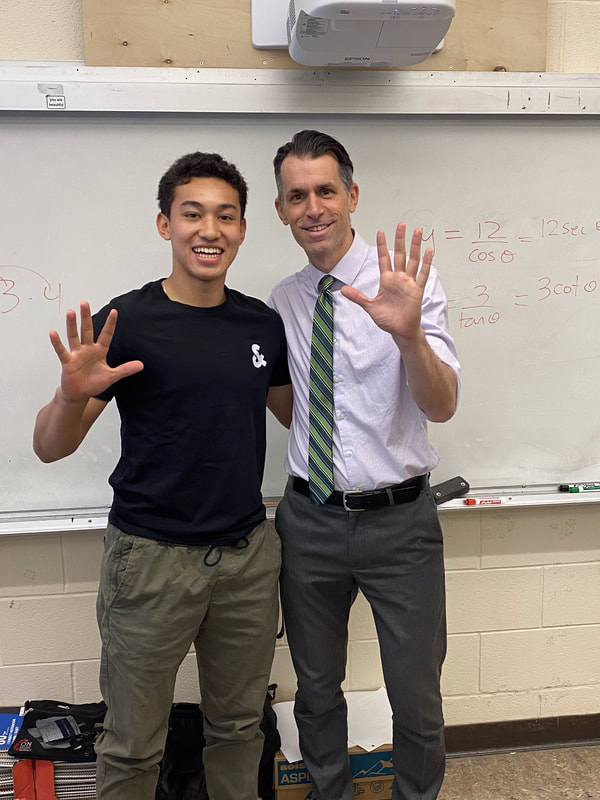
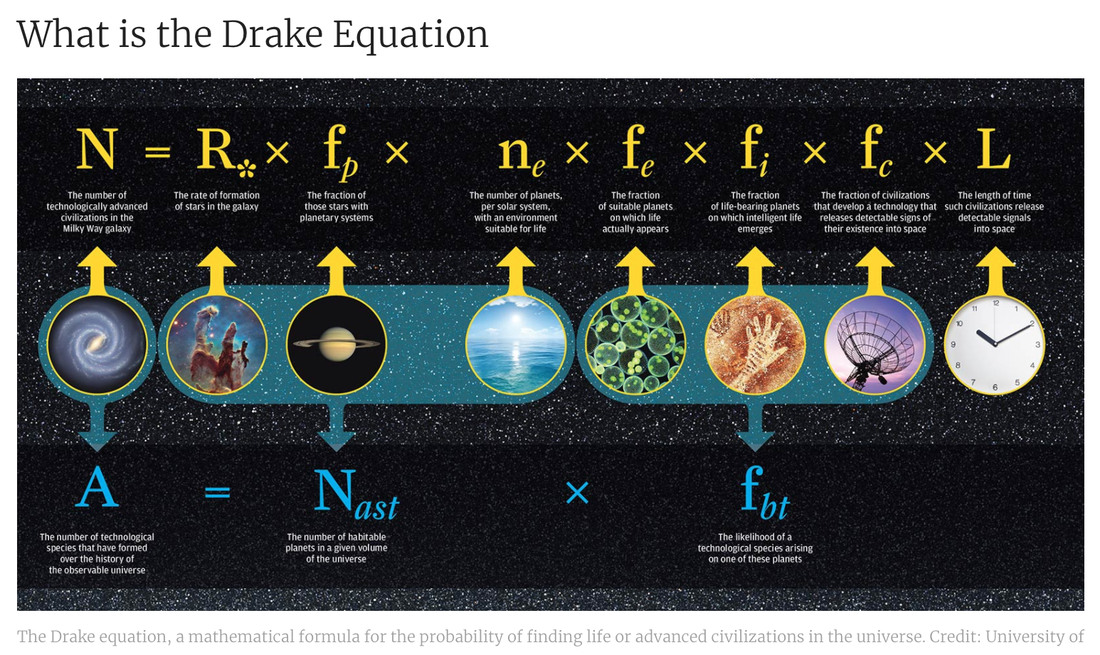

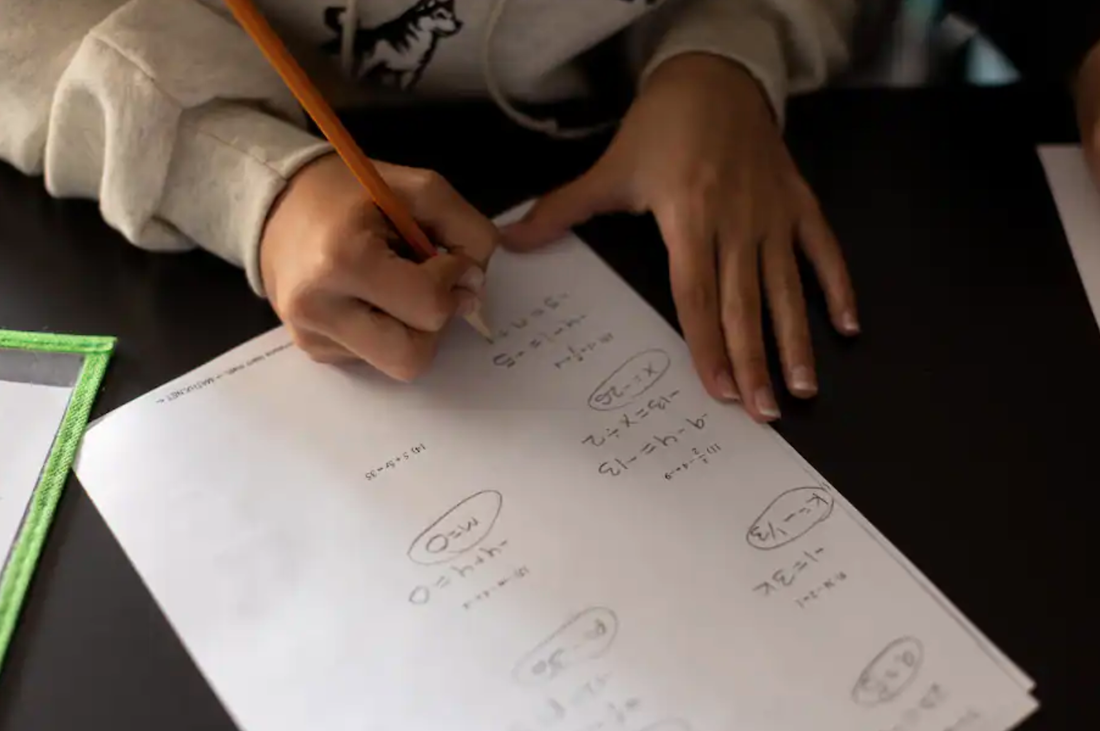
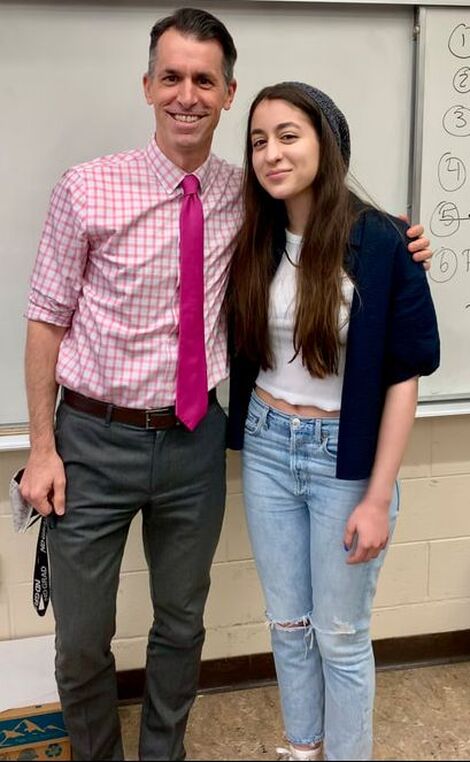
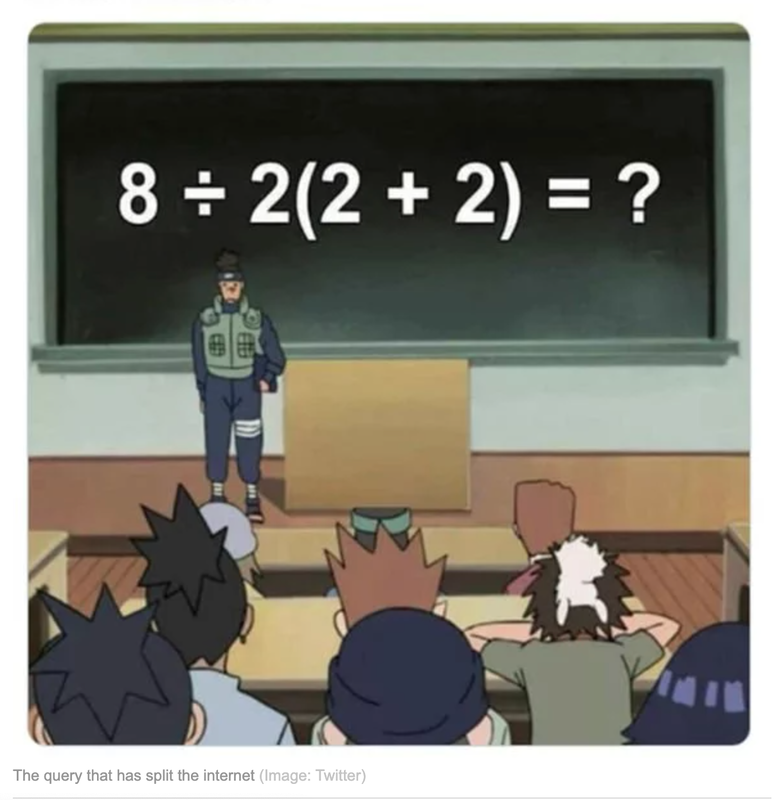


 RSS Feed
RSS Feed